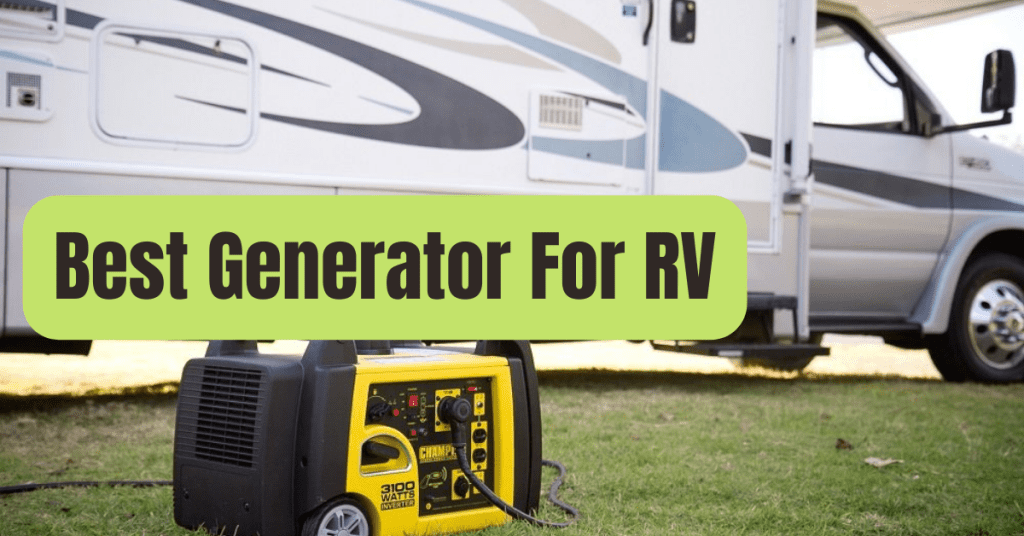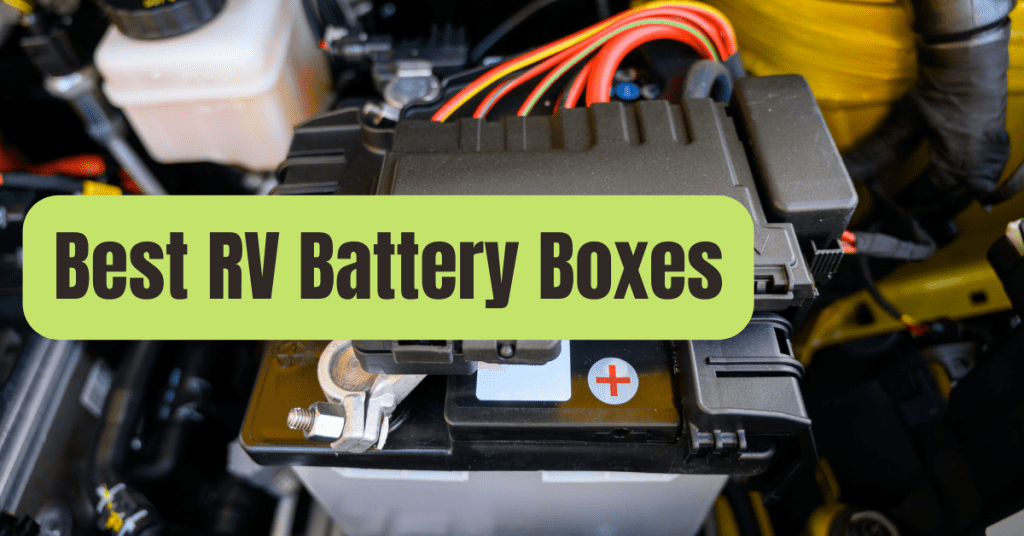The “home” battery bank, which powers your lights, fans, refrigerator, computers, and other appliances, is connected to your starting battery by a battery isolater so that it may be charged by your car’s alternator.
Before we begin, a little note.
This article is merely one in a lengthy series on “How to Install a DIY Camper Van Electrical System.” There may be certain topics we’ve previously addressed if you just came onto this post without noticing that.
Additionally, to help you save time and stress, we provide interactive solar wiring diagrams that are a comprehensive, A to Z solution for teaching you precisely what components belong where, what size wires to use, recommended fuse sizes, wire lug sizes, and a whole host of other things.
How to Pick a Camper Van Battery Isolator:
The majority of battery isolators have an amp rating.
Simply said, this figure represents the maximum possible amps that might pass through the component from your alternator to your home battery bank.
How To Calculate The Size Of A Battery Isolator:
The size of your alternator will determine the size of your battery isolator.
Even though it’s unlikely that you’ll ever see the whole alternator output amperage pass through your isolator, it’s the only baseline you have.
To manage the maximum amp output from your alternator, size your battery isolator.
You may sometimes find the maximum amps your alternator will produce on the vehicle’s spec sheet.
If you can’t locate it or don’t have it.
On the alternator itself, it will normally be stamped into a metal plate.
Battery Isolator for Lithium
You’ll probably need a lithium battery-specific isolator due to the lithium batteries’ resting voltage rates.
The increased voltage of the lithium batteries may be seen by a standard battery isolator as “charging,” which will keep the batteries paired even though it shouldn’t technically “damage” them.
Size Of The Battery Isolator Wire
Use wire gauge 2/0, period.
95 percent of applications can be completed using 2/0 wire.
Under 50 feet in length, 2/0 wire with 105°C insulation can manage currents up to 330 amps.
The majority of applications will never need amps that high, and the majority of alternators cannot produce that many amps.
With 2/0 wire, even at charging rates up to 149 amps, a 3 percent voltage loss will still be attained as long as the home battery bank is maintained within 12 feet of the starting battery.
Crowd-Sourced Data with Questionable Reliability
I wanted to get some actual statistics from people who were using their alternators to charge their home batteries.
I was more interested in learning the highest amps someone has ever seen connecting their alternator to batteries.
What then did I do? I contacted many camper van Facebook groups, which are THE source of dubious crowd-sourced data.
Upon realizing that:
- 50% of respondents were unable to determine the number of amps they were charging at.
- 15% of respondents had no idea what a shunt was.
- 18% of respondents were unable to distinguish between amps and volts.
- 21% would rather offer me unrelated advise than respond to my inquiry.
- 87% of the responses were evaluated to be 92% incorrect.
But I did find the following information:
Wire Diameter To Reported Amps
The following is a list of the wire and alternator sizes and the maximum amps that users reported seeing coming to their battery:
| Alternator Size | Wire Size | Reported Amps |
| 220 | 3/0 | 100 |
| 180 | 3/0 | 100 |
| 180 | 1/0 | 60 |
| 220 | 4 | 50 |
| 160 | 2 | 50 |
Some respondents didn’t know the exact amps they were using to charge their home batteries, but they did know the size of the fuse that was installed on the wire connecting the alternator to the battery, so we may infer that their amps never exceeded the size of that fuse.
| Alternator Size | Wire Size | Fuse Size |
| 220 | 2 | 100 |
| 190 | 4 | 125 |
| 135 | 4 | 30 |
| 130 | 4 | 40 |
| 70 | 2 | 100 |
What inferences can we make in light of this data? hardly much, to be honest The main lesson I can get from this data is that the alternator seldom charges home battery banks at rates higher than 100 amps.
However, this sample size is too tiny and the statistics are too shaky, thus a warning is required that this information should only be used as a “just in case” and not as solid advice.
This does support my assertion that 2/0 is a suitable wire size option for adding a battery isolator even more, however.
The maximum amps that a certain wire with 105°C insulation may safely withstand are listed in this table if you are steadfastly resolved to utilize the thinnest wire available for this application:
| Wire Size | Max Amps |
| 2 | 210 |
| 1 | 245 |
| 1/0 | 285 |
| 2/0 | 330 |
| 3/0 | 385 |
| 4/0 | 445 |
If you choose this path, be mindful of your voltage loss.
Alternately, simply use 2/0 and go on.
Size Of Battery Isolator Fuse
Since it has been shown that alternator charging seldom exceeds 100 amps, fuse size is less of an issue since it is primarily intended to protect against catastrophic failures (if insulation breaks down and shorts to ground)
I suggest multiplying your rated alternator power by 1.5 to get the appropriate fuse size.
Check to see whether that amount is less than the wire’s maximum amps, which are given here:
| Wire Size | Max Amps |
| 2 | 210 |
| 1 | 245 |
| 1/0 | 285 |
| 2/0 | 330 |
| 3/0 | 385 |
| 4/0 | 445 |
Conclusion
Finally, if you found this information useful, it would mean the world to us if you could forward it along to someone who might benefit from it, save it to Pinterest for future use, or post it to a Facebook group when someone asks a question on the topic.
To subscribe and get notifications of new posts, click the bubble in the bottom right corner of the page.
As usual, ask any questions you may have in the comments section below.










